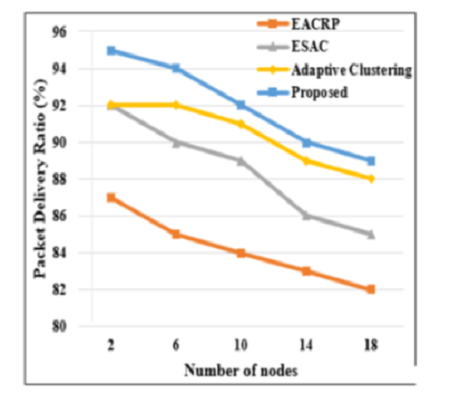


Indian Journal of Science and Technology
DOI: 10.17485/IJST/v14i41.1838
Year: 2021, Volume: 14, Issue: 41, Pages: 3093-3106
Original Article
Kumaresh Sheelavant1*, R Sumathi2
1Research Scholar, Dept of CSE, Siddaganga Institute of Technology, Tumakuru, 572103, Karnataka, India
2Professor, Dept of CSE, Siddaganga Institute of Technology, Tumakuru, 572103, Karnataka
*Corresponding Author
Email: [email protected]
Received Date:03 November 2021, Accepted Date:20 November 2021, Published Date:06 December 2021
Objectives: The key objective is to investigate the current state of the art in web service prediction systems and also to improve the retrieving process with improved accuracy and to reduce the searching time. As well as to enhance the performance of data validation, quality of services and speed of the process. Method: In this study, an advanced model of the Dynamic Compilation of Pattern (DCP) method with a Lexical Subgroup (LS) system was used to estimate the similarity between the request data and the entire network. These are all indexed and grouped as a cluster to form a paged format of network structure which can reduce the computation time during the searching period. Also, with the help of prediction, the relevancy of feature attributes in the network is predicted, and the matching index is sorted to provide the recommended data for given request data. This was achieved by using Volumetric Probabilistic Mining (VPM). Findings: The performance of the proposed DCP-VPM is proved through extensive simulations and compared to those of the state-of-the-art methods. On the average, it is realized that the DCP-VPM always outperforms EACRP, ERP, ESUCR and ESAC related to minimizing average energy consumption, packet delivery ratio, end-to-end delay at different number of clusters by 10.2%, 18.6%, 11.3%, 12.5% compared to EACRP, ERP, ESUCR and ESAC respectively. Proposed cluster-based routing technique out performs all other routing techniques. Novelty: Route based request prediction system was focused to predict and analyse data from the network. That is why enhanced clustering, distance-based similarity and retrieving mechanism are used. Irrelevant parameters removal and ordering are performed using DCP with LS system. Then nodes are processed for learning model using VPM prediction model. Finally, as the recommended result for the routing application, the matched data that is related to the request input is listed.
Keywords: Dynamic Compilation of Pattern; Lexical Subgroup system; Volumetric Probabilistic Mining; Request prediction; Cognitive Radio
© 2021 Sheelavant & Sumathi. This is an open-access article distributed under the terms of the Creative Commons Attribution License, which permits unrestricted use, distribution, and reproduction in any medium, provided the original author and source are credited. Published By Indian Society for Education and Environment (iSee)
Subscribe now for latest articles and news.